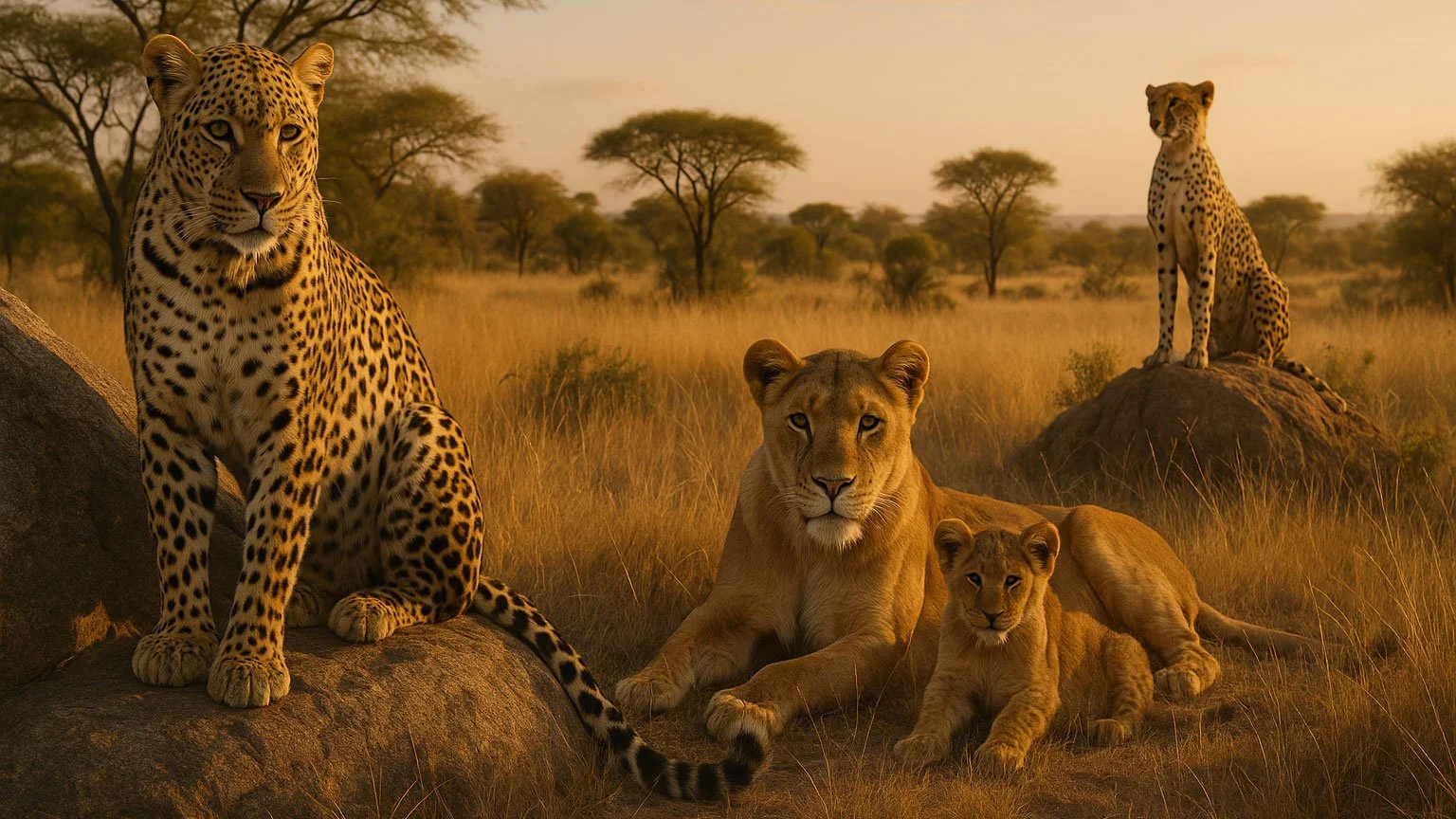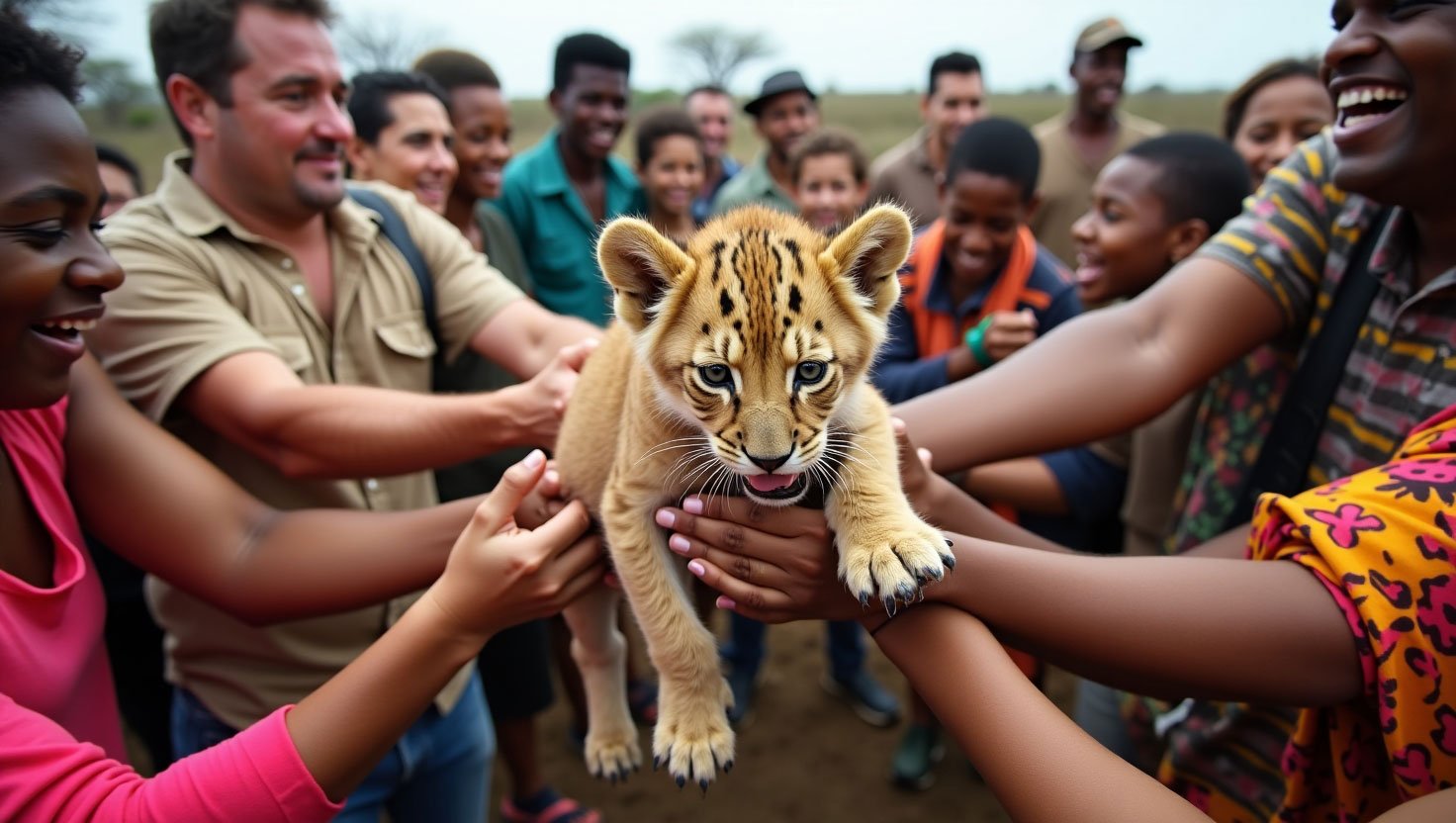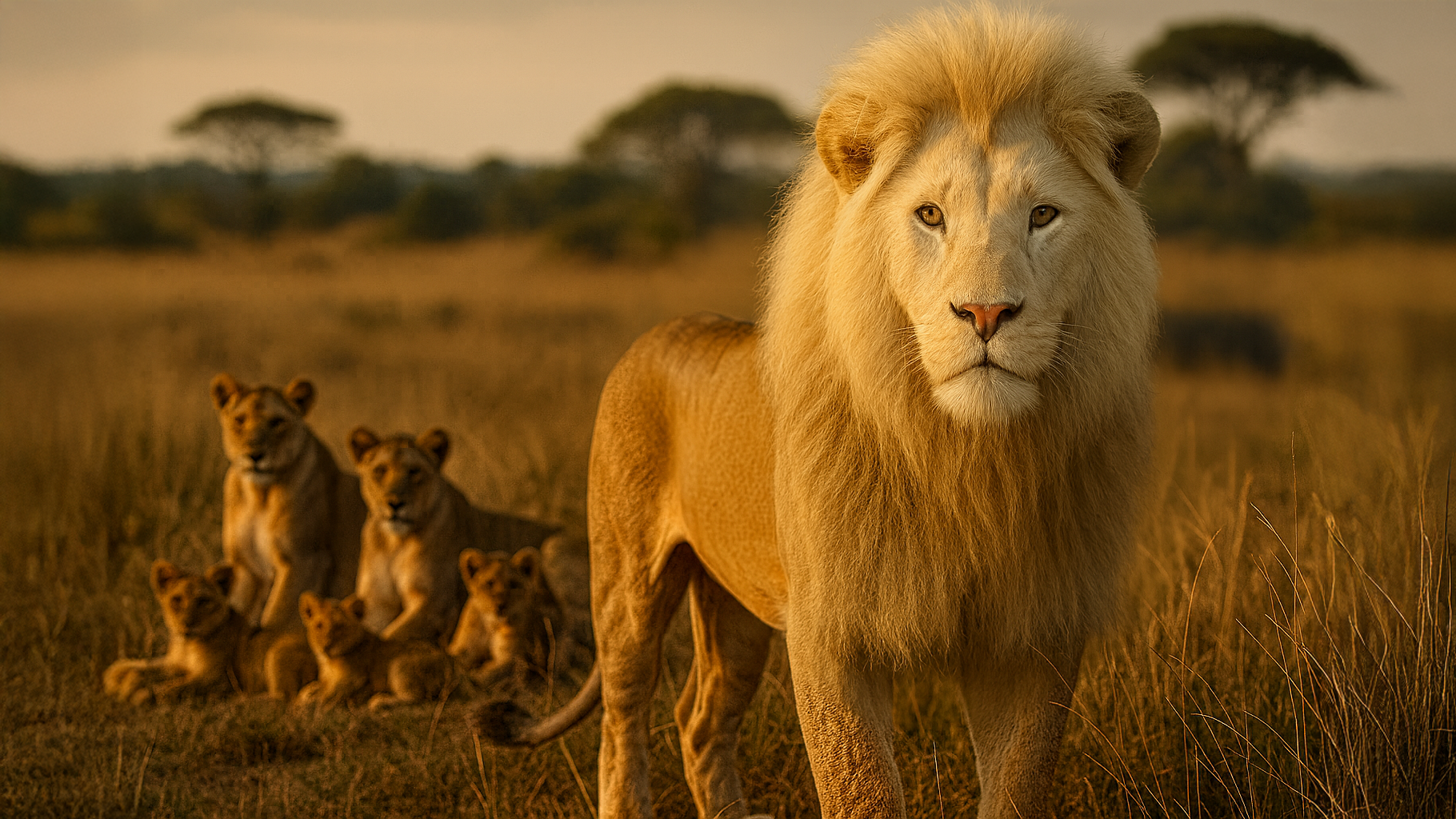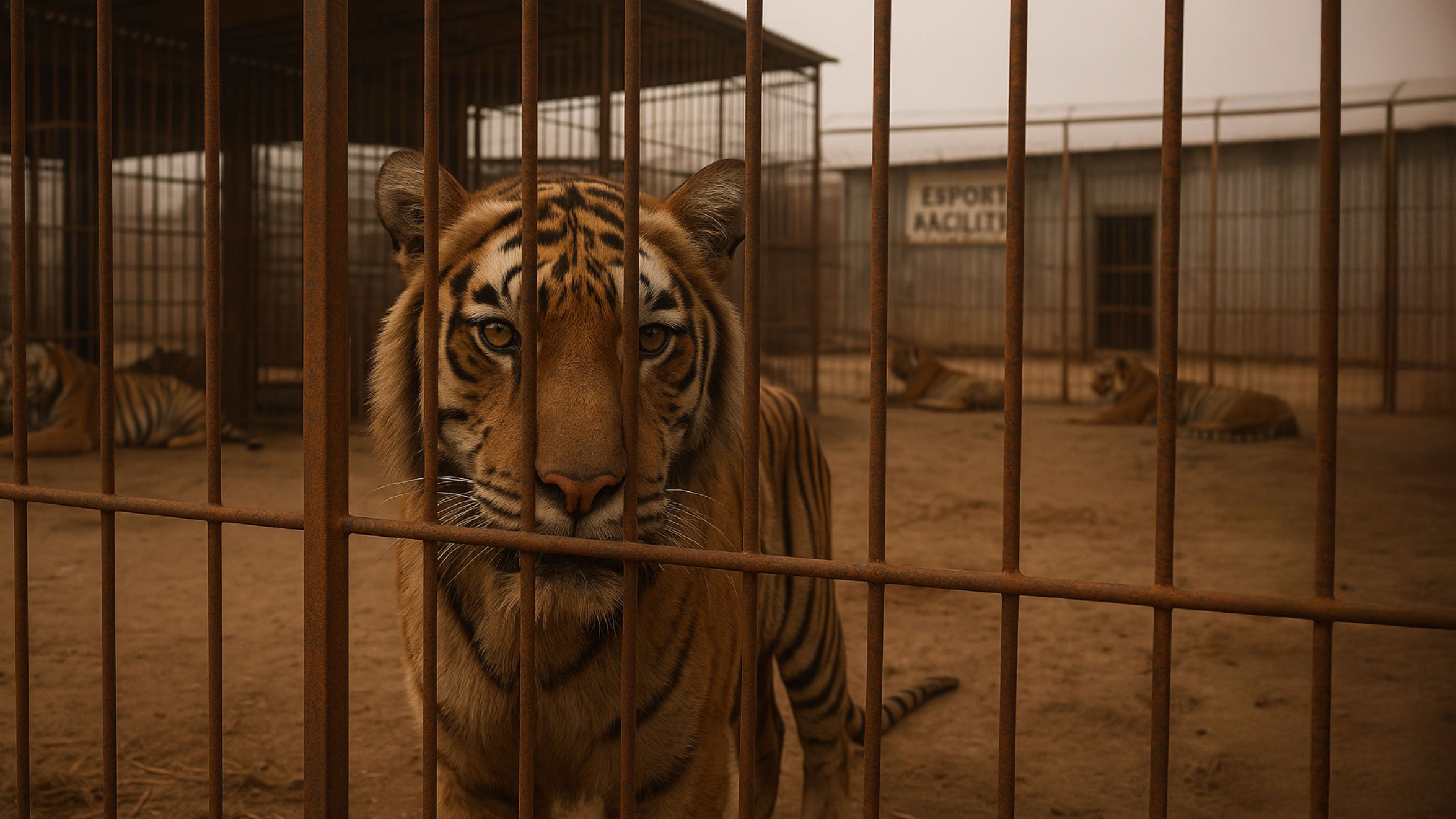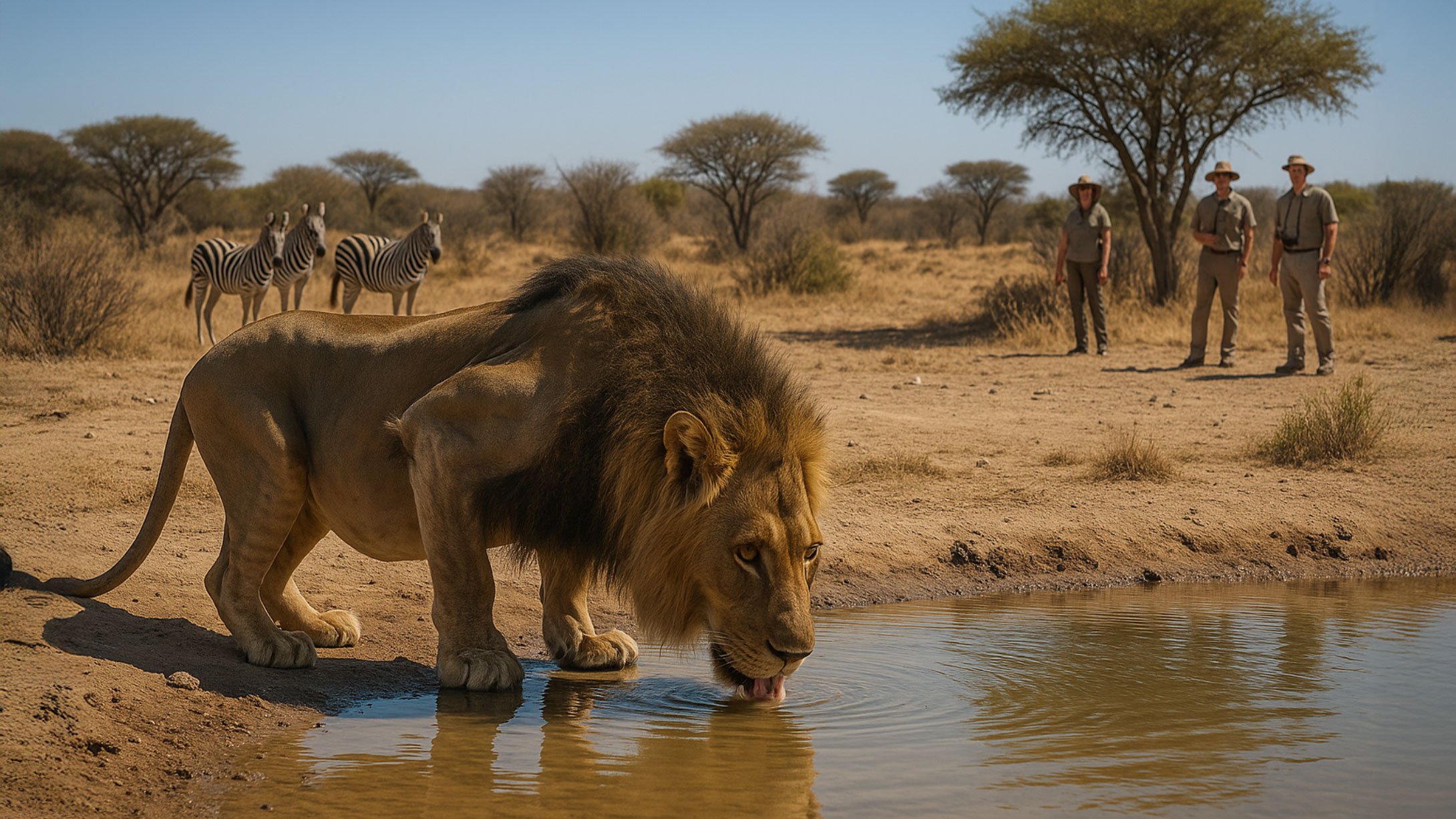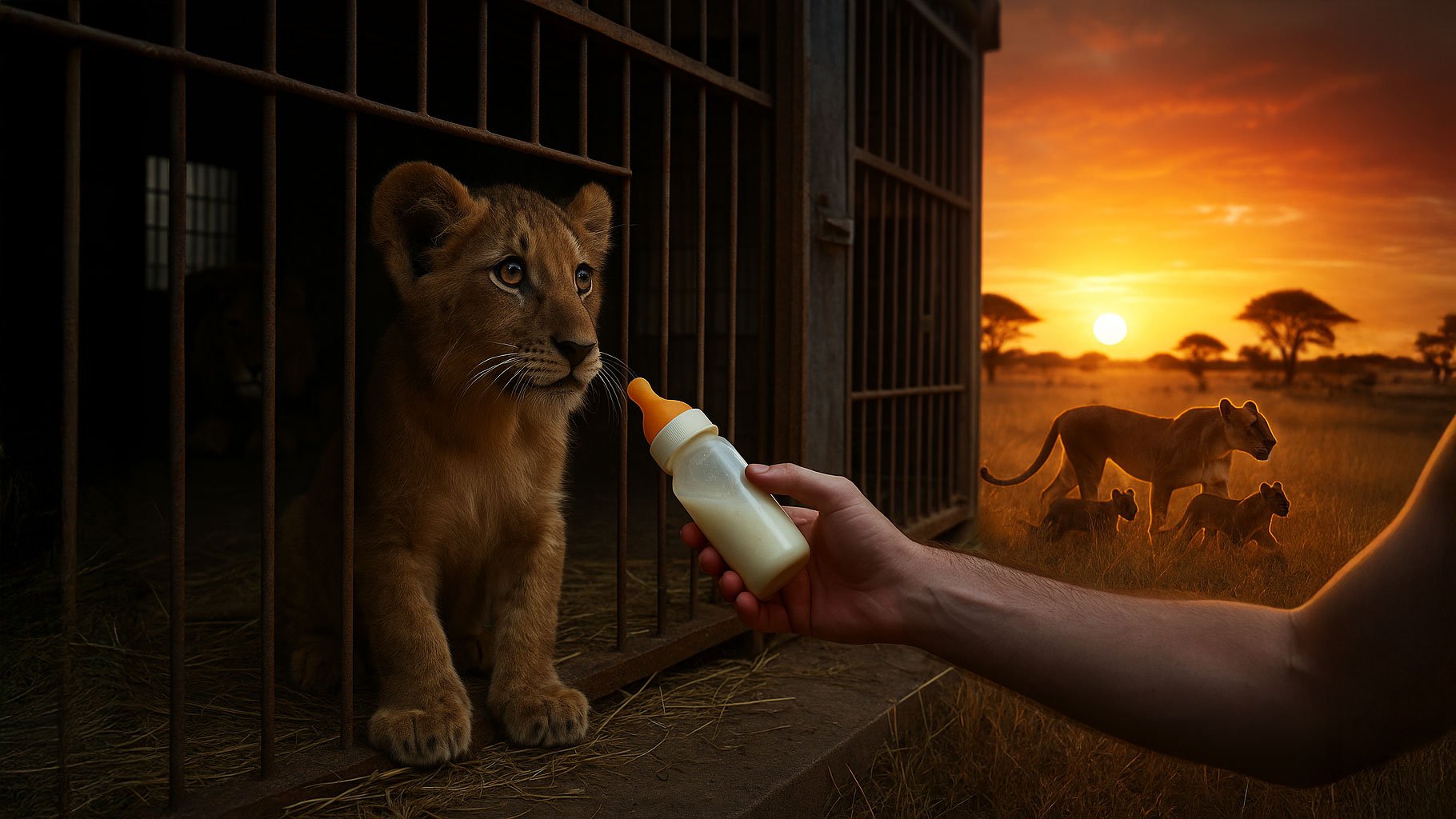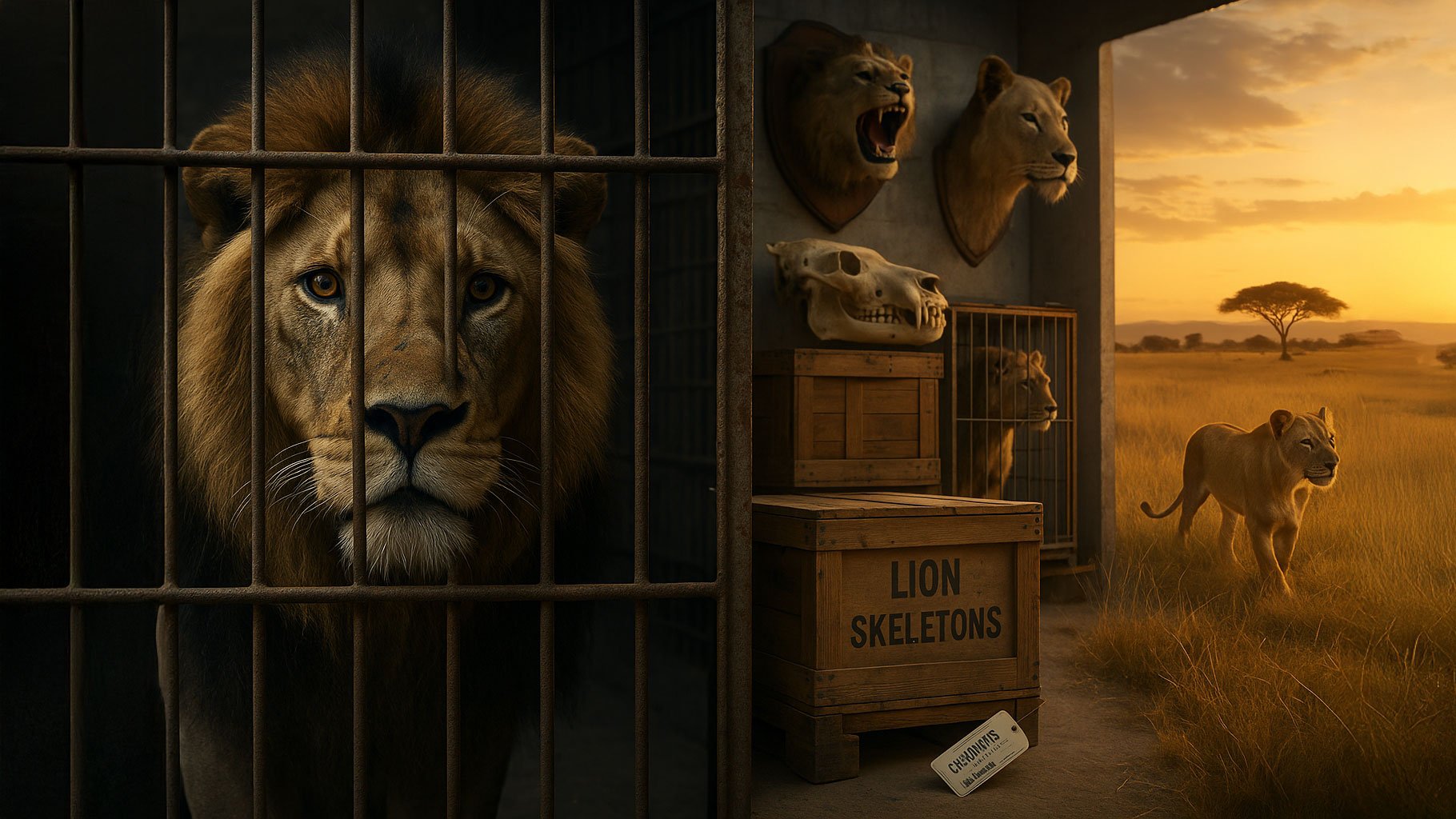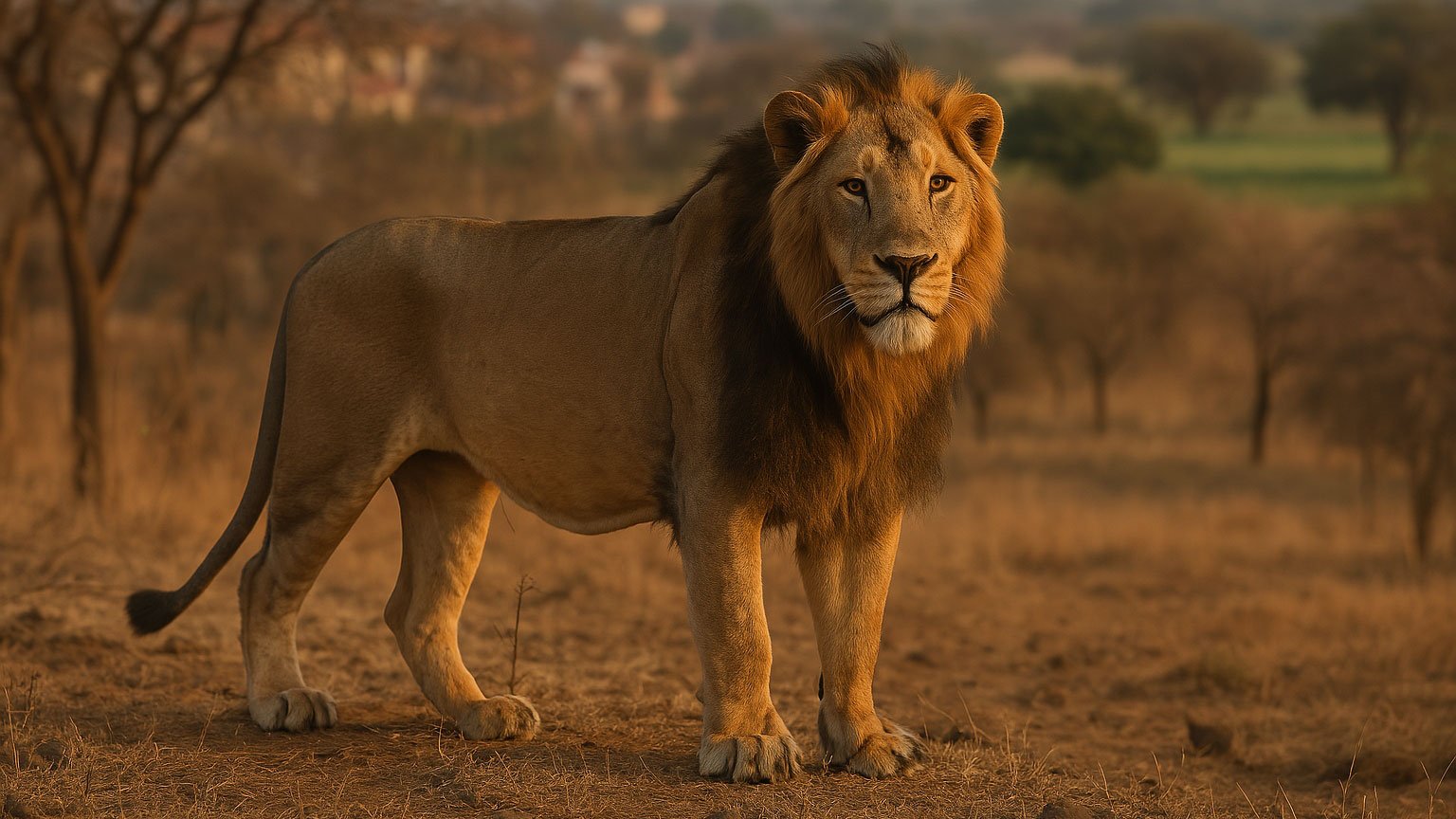India’s Lions: A Roaring Success or a Ticking Time Bomb?
A Story of Strength, Struggle, and the Urgent Need for a Second Home
In the sun-dappled forests of Gujarat, the air carries the low rumble of a wild resurgence. Asiatic lions, once reduced to a mere handful, are now 891 strong — a triumphant 32% increase since 2020. The Gir National Park, a sanctuary etched into conservation history, has long been their refuge. But now, these lions are on the move.
From the dry heart of Gir, lions have stretched their domains into 11 districts, with 497 now roaming beyond the park’s boundaries — a sign of success, yes, but also a whisper of danger. For every new pawprint outside Gir, there’s a deeper footprint in human lands — across highways, basements, even hotel parking lots.
And then came the sobering cry: a five-year-old boy taken from a farm by a lion in Gujarat’s Amreli district. The question now echoes across the conservation world — have we succeeded too well?
How Did We Get Here?
India’s lion recovery is the stuff of legends — fueled by cultural reverence, adaptable predators, and near-market-rate compensation for livestock losses. The Gujarat government’s strategy rewarded coexistence. Lions learned to thrive on feral cattle and carcasses, and the thorny Prosopis juliflora forests along the coast gave them daytime cover and nighttime access to agropastoral meals.
But as their population surged, the safety net began to fray. Nearly half of India’s lions are now living outside of forests — in agricultural lands, wastelands, and villages. Only 250 square kilometers of Gujarat’s protected area is exclusive to lions, leaving many exposed to traffic accidents, electrocution, infections, and conflict with humans.
These lions are tough, but they’re not invincible.
Barda Wildlife Sanctuary: Hope or Hype?
To answer this growing crisis, the Gujarat and Indian central governments turned to Barda Wildlife Sanctuary, designating it the lions’ “second home.” It's a beautiful idea on paper. But in reality, Barda is just 200 square kilometers in size — a fraction of Gir — and only 100km away, lacking the ecological separation that’s essential to safeguard a species from epidemics, floods, fires, or political upheaval.
“This isn’t a second population,” said conservationist Ravi Chellam. “It’s still part of Gir.” What scientists like Chellam and Yadvendradev Jhala fear most is a single outbreak — a disease, a cyclone, or worse — wiping out the entire Asiatic lion population, because we never gave them a truly independent second chance.
A Supreme Opportunity, Ignored
In 2013, India’s Supreme Court ordered lions to be relocated to Kuno National Park in Madhya Pradesh — a haven of lush grasslands and rich prey. But 12 years on, not a single lion has been moved. Instead, cheetahs were introduced to Kuno in 2022, stirring a fresh debate.
Jhala, who led the cheetah reintroduction, insists both cats can coexist. In fact, he argues, lions would fare better than cheetahs, helping to reduce the park’s high leopard density — a primary threat to the newly arrived cheetahs.
Yet, political will has faltered. Gujarat seems reluctant to relinquish its “pride,” and the Indian government appears content to look the other way, despite Supreme Court orders.
A Future Balanced on the Edge
There’s no denying the emotional power of India’s lion story. Once endangered, now thriving. Once confined, now spreading. Yet beneath the celebration lies a simmering concern: what happens when a conservation success outpaces the space to hold it?
“It’s a ticking time bomb,” says Chellam. “More lions are living in risk-prone zones, and more people are being affected.”
The solution isn’t less lions — it’s more foresight. Kuno still waits, wild and ready. So do other historical lion ranges across India and even outside. With proper planning and courageous policy, the story of India’s lions could move from a fragile success to a global model of resilience.
We Can Help Rewrite the Ending
At Big Cat Rescue, we believe conservation is more than just numbers — it’s about balance, respect, and long-term survival. India's lion boom is both a miracle and a warning.
Let’s not wait for disaster to prove what we already know: that no species should be left clinging to survival in just one corner of the world. It's time to give lions — and all wild cats — the space they need to thrive.
🌍 Support conservation. 🐾 Advocate for responsible wildlife policies. 💛 Be the voice that wild cats can’t raise for themselves.
Read more: https://www.yahoo.com/news/india-lion-numbers-soar-why-053218340.html





